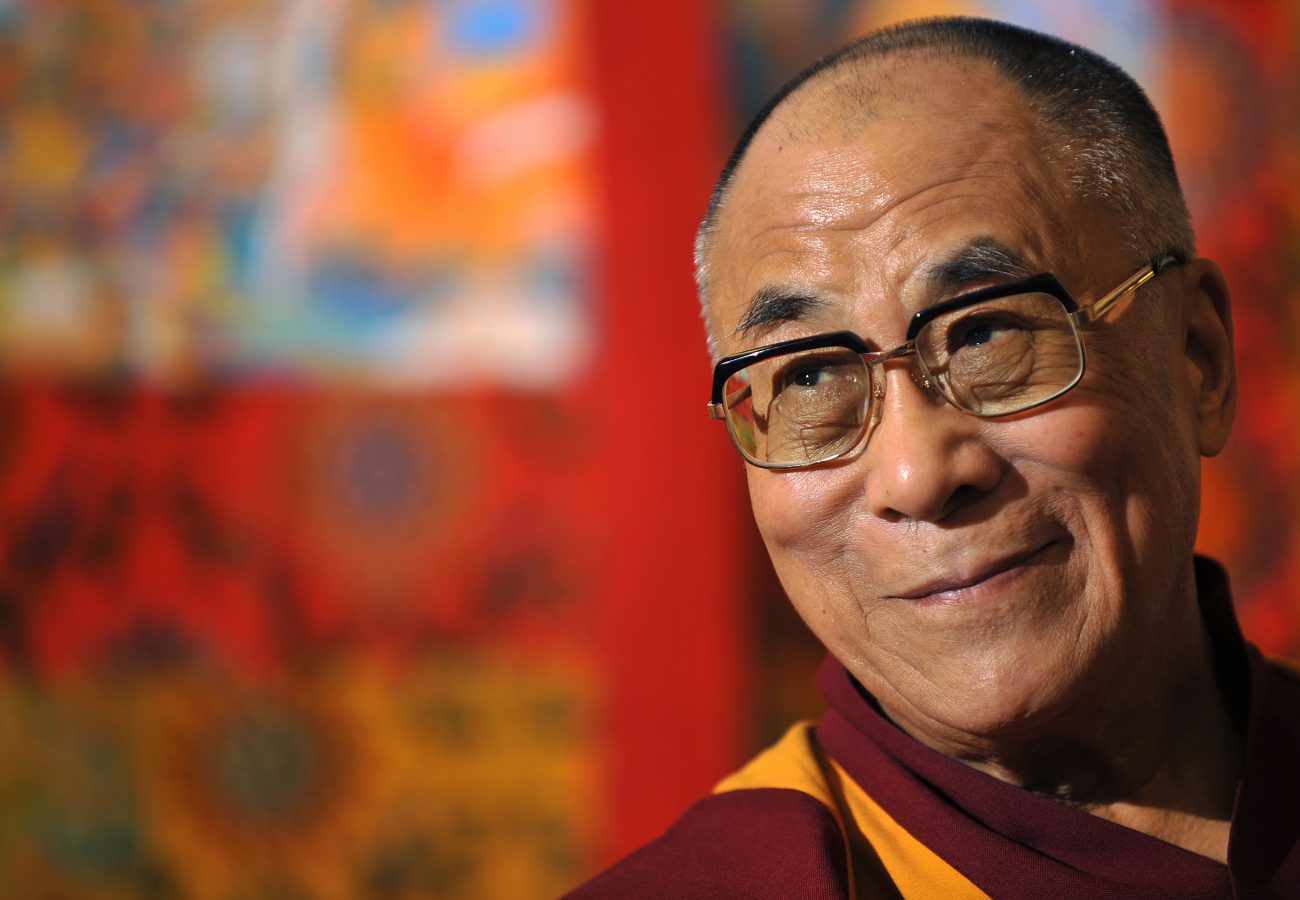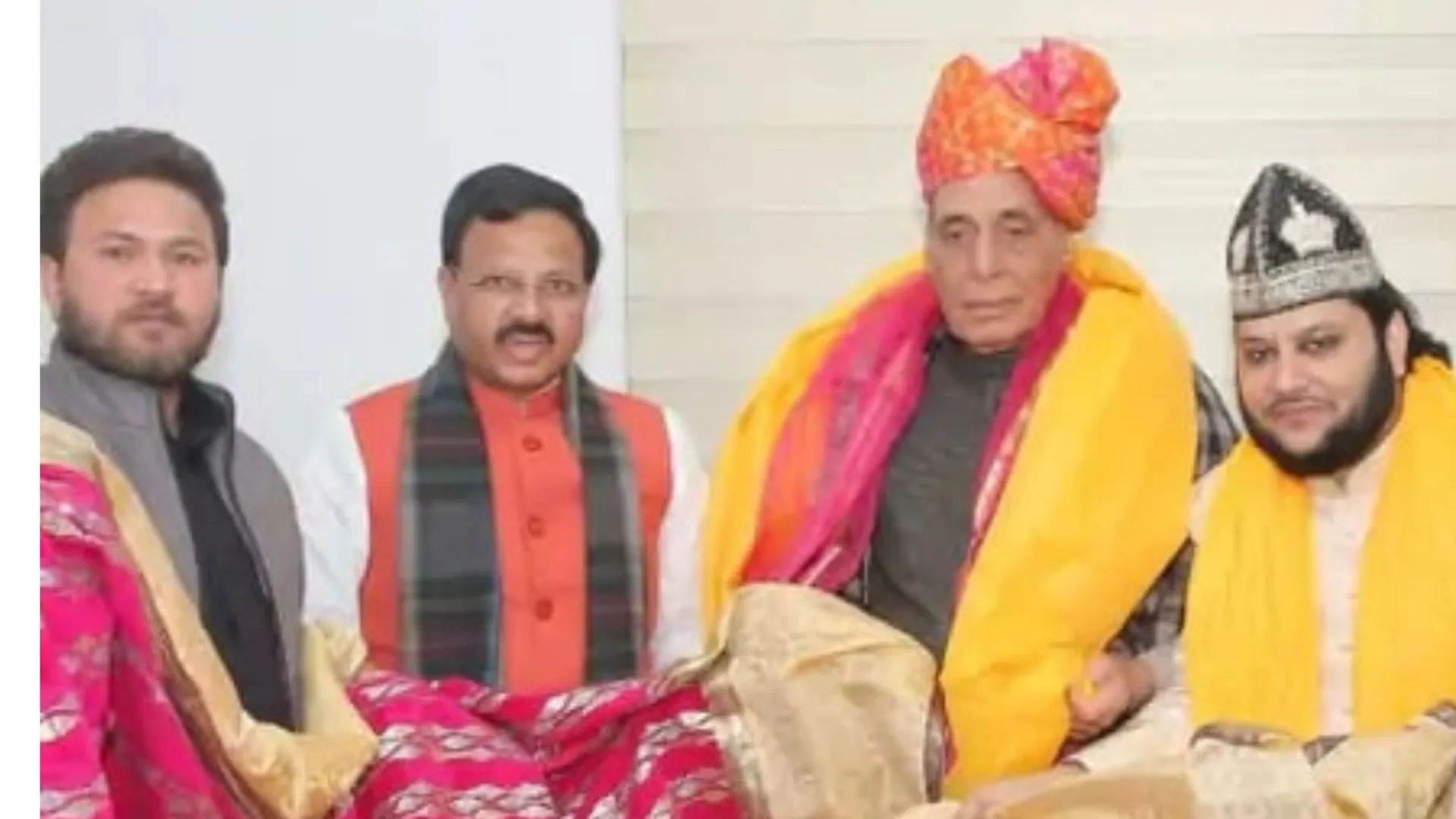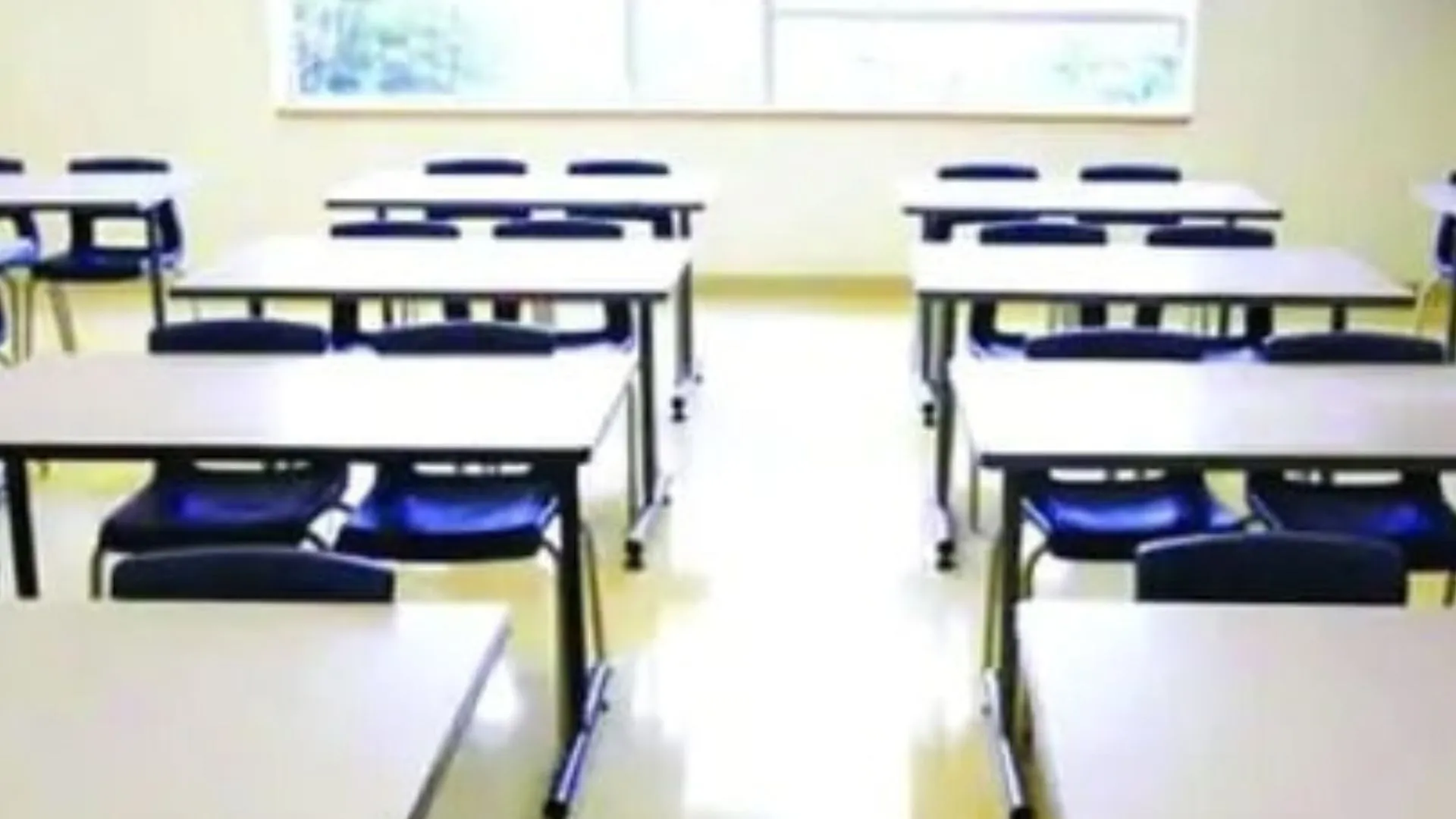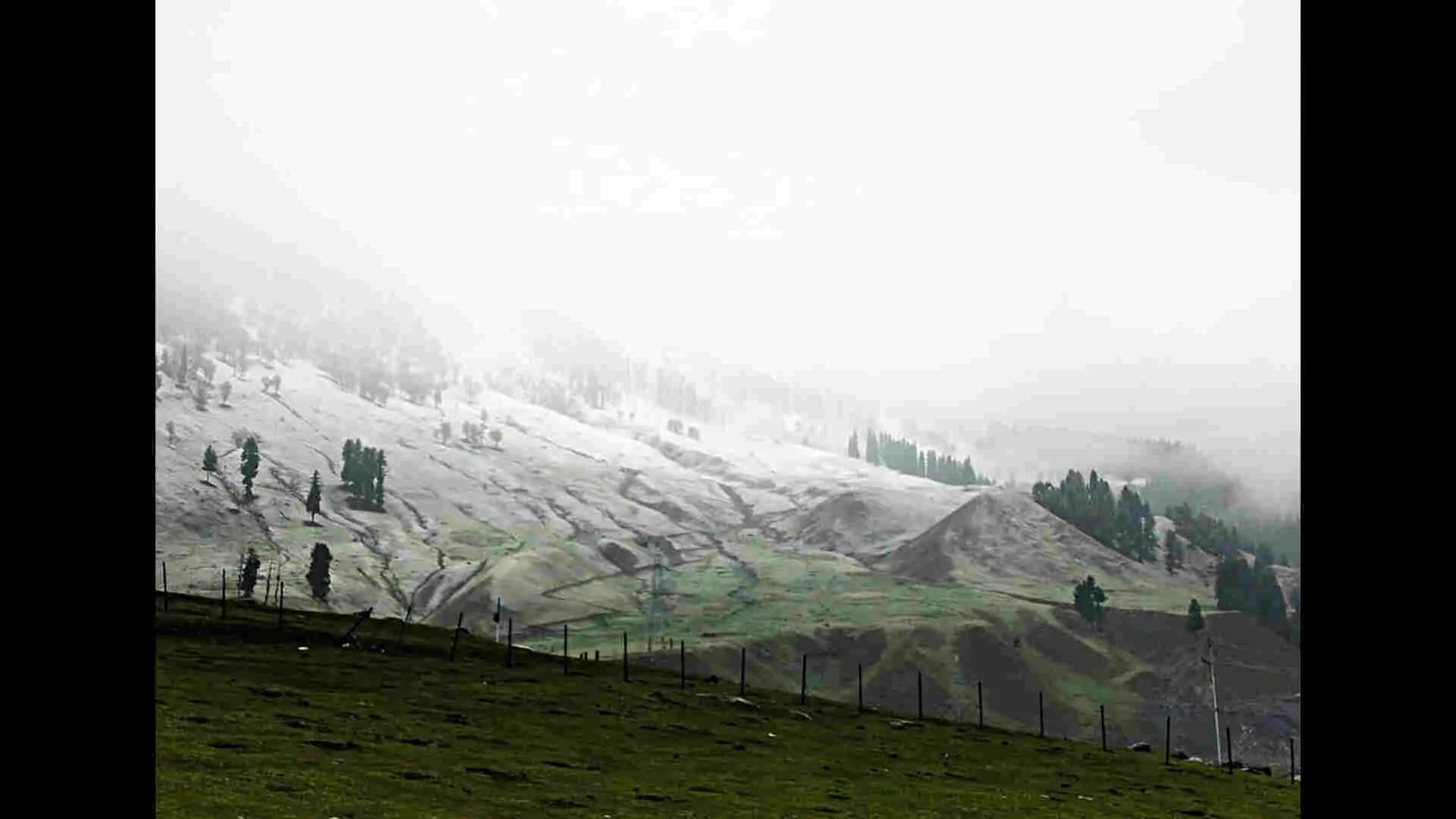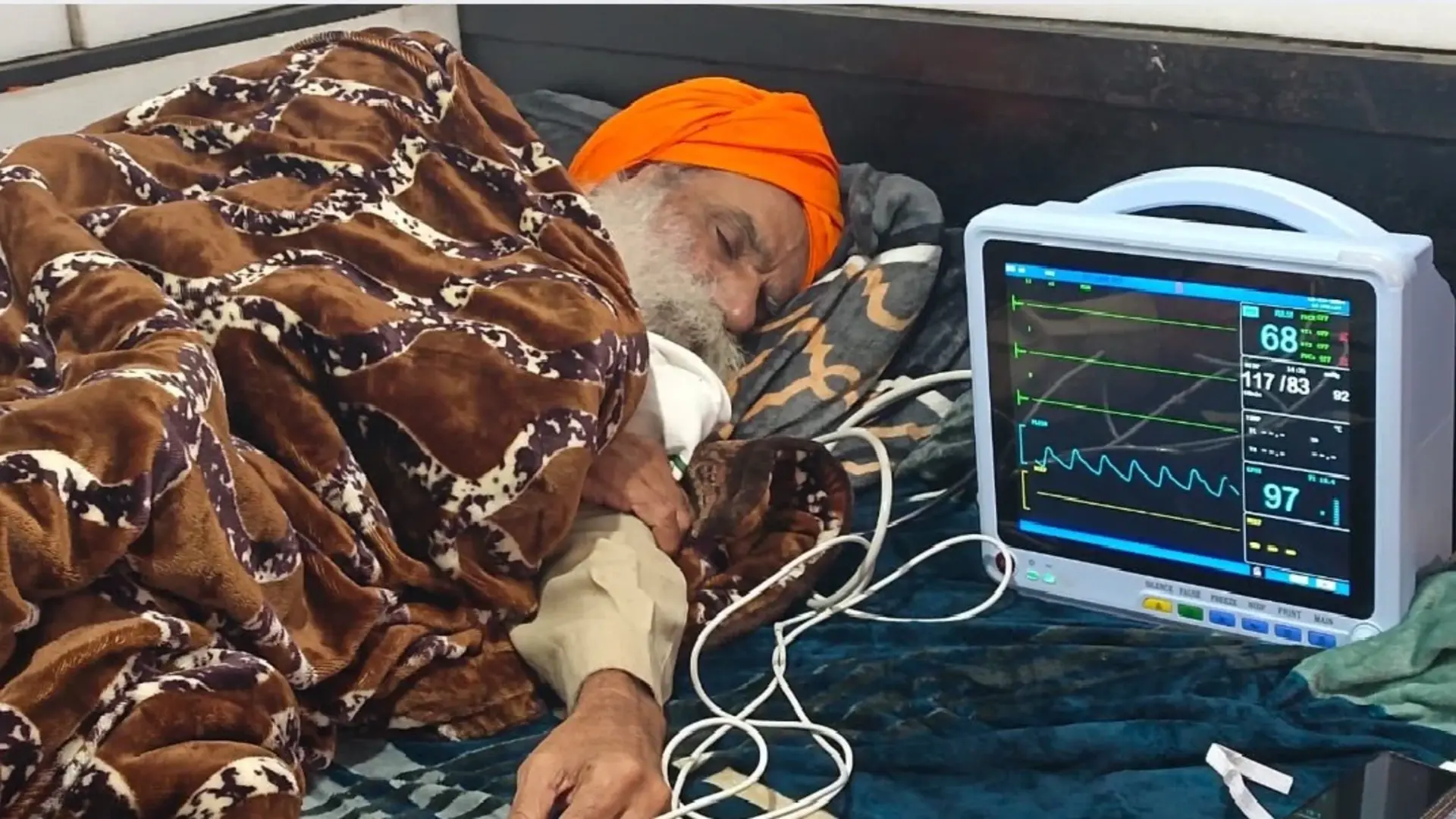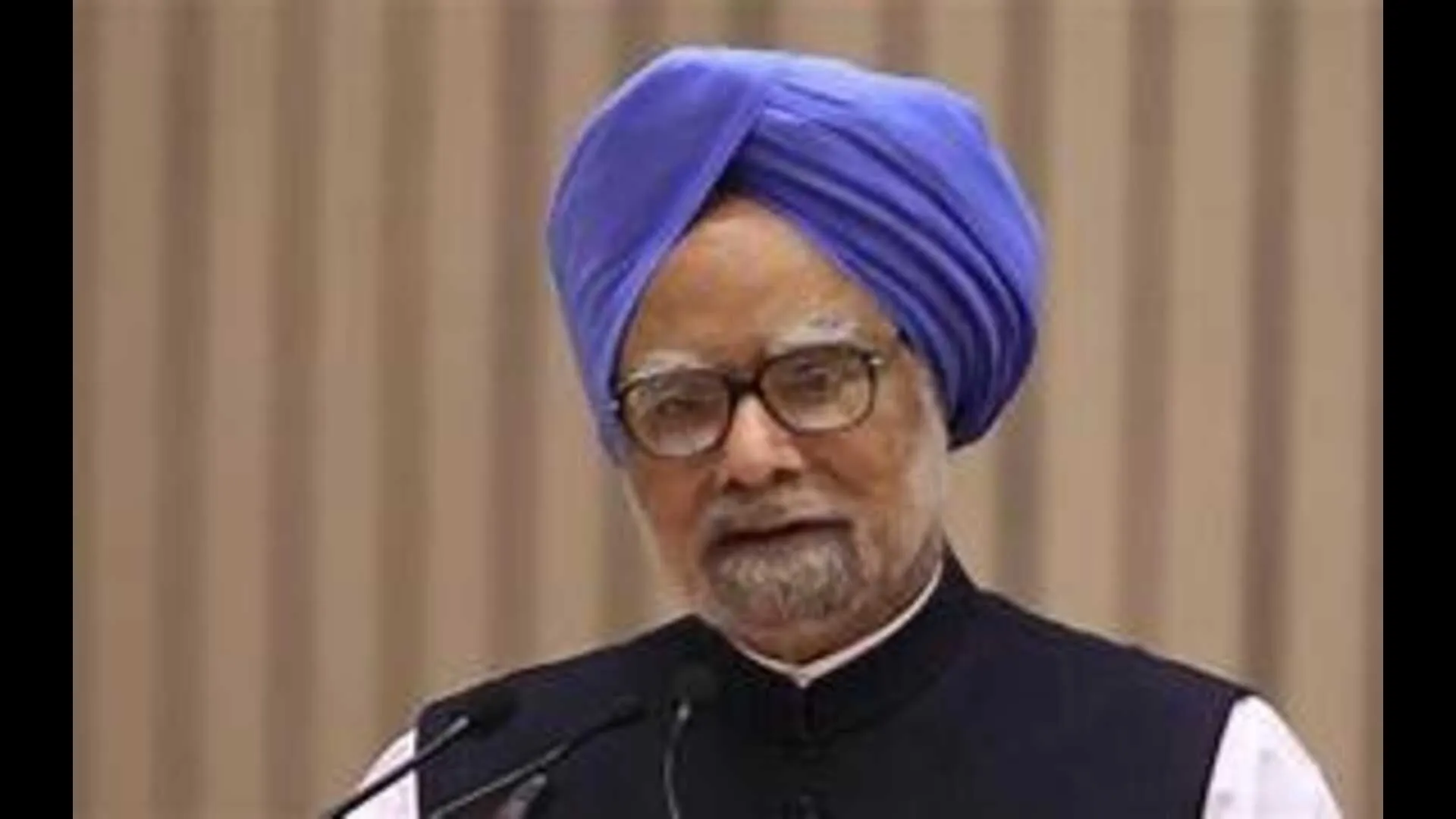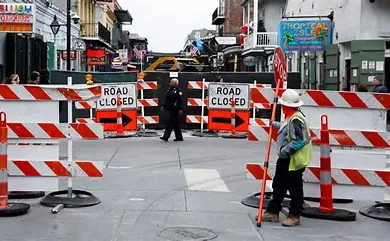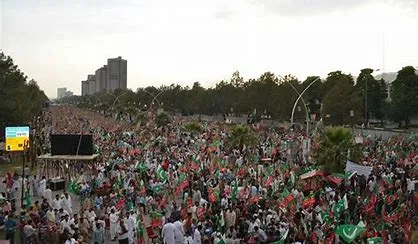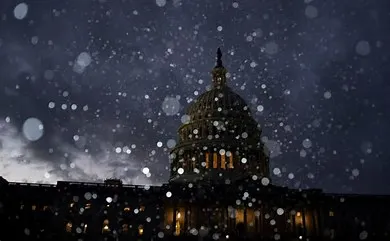The 14th Dalai Lama left on Saturday for a visit to Sikkim and West Bengal, where he will give teachings from December 12 to 14. This visit has sparked diplomatic discussions, particularly given the ongoing border tensions between India and China.
During his tour, the Dalai Lama will teach in Gangtok, which is about 50 kilometres from the Chinese border. His teachings at Paljor Stadium will centre on Gyalsey Thokme Sangpo’s 37 Bodhisattva practices (leklen sodunma), as requested by the Sikkim State Government.
After the teachings in Sikkim, the spiritual leader will proceed to West Bengal’s Salugara on December 14. There, he will offer a general teaching followed by the Ceremony for the Generation of Bodhicitta (semkye) at Sed-Gyued Monastery.
Chimi Rigzin, Dalai Lama’s secretary, provided insights into the visit, stating, “His Holiness is going to Sikkim at the invitation of the State Government of Sikkim and CM Prem Singh Tamang, and he will be there for two days during which he will give teachings at Paljor Stadium, which is a public teaching. The next day there is a state banquet for his holiness, and then on the 14th morning, he goes to Salugara, and he will give a public teaching there.”
Highlighting the significance of Sikkim, Rigzin noted that it holds importance as it was the first place the Dalai Lama visited in India in 1956 during the 2500th-anniversary celebrations of Buddha Jayanti. He emphasized that Sikkim’s status as a state of India is recognized by both India and China and hence, there should be no cause for concern regarding the visit.
The Dalai Lama’s visit to areas near the India-China border has drawn attention against the backdrop of the geopolitical landscape, and observers will be closely watching diplomatic reactions as the spiritual leader imparts teachings in these regions. Further developments may unfold as the visit progresses and diplomatic discussions ensue.

